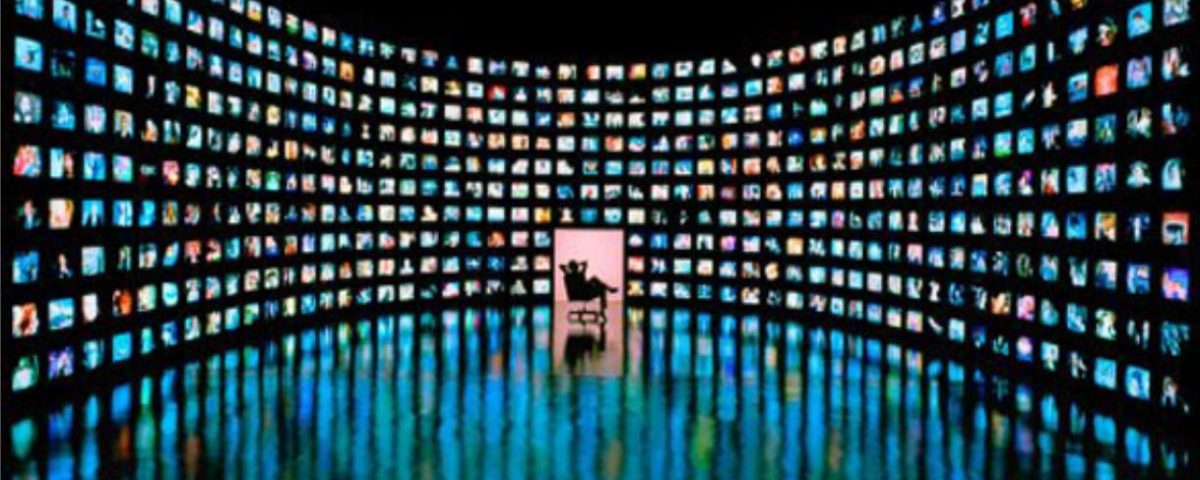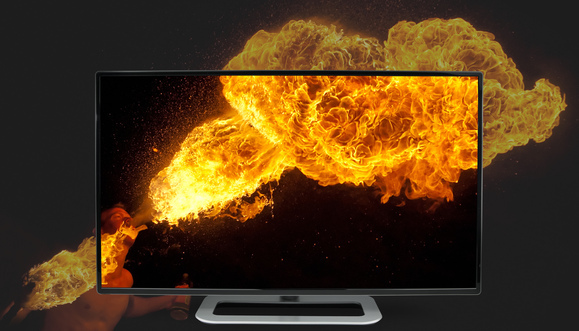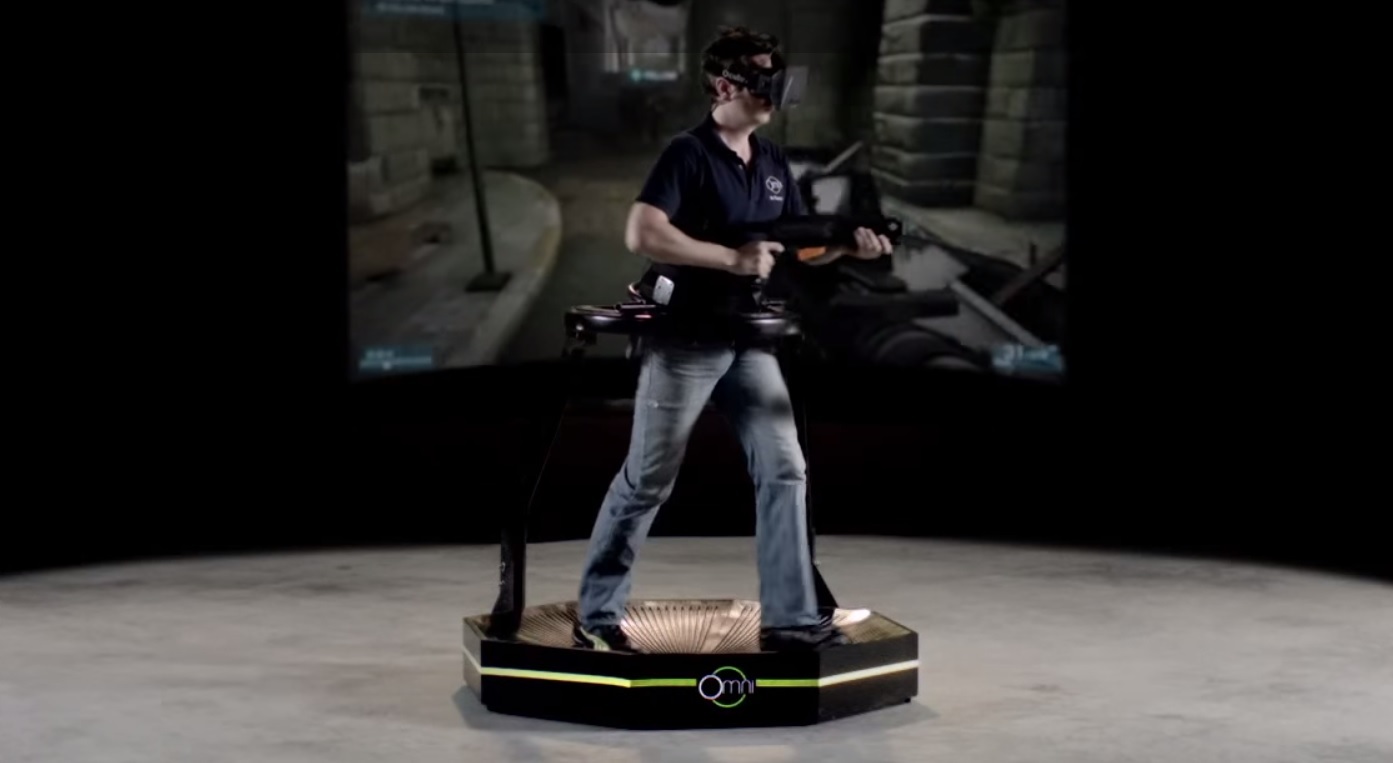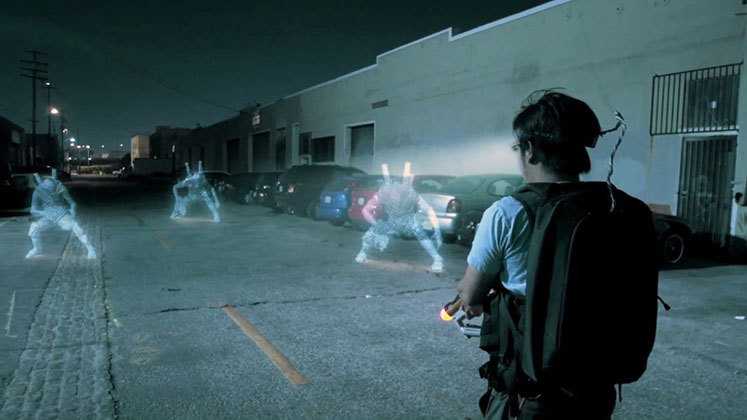Entertainment is as old as the human race itself. And it has always reflected the technological level and possibilities of the times. During the pre-tech days, entertainment seemed to go outwards, with more interest invested in shows or performances based on public gatherings and on-stage acts. The remains of such entertainment can still be seen today in the form of circuses, public shows or concerts.
Inward trend
With the advent of entertainment gadgets that could be confined to your home space, people started to treat entertainment as more individual, rather than group, experience. First, the radio, then television, finally coming to individual and more and more personal gimmicks such as game consoles, tablets or even smartphones. Although the idea of bog gathering in which people entertain themselves in large groups and share the experience has not died out, more and more people turn into those more individual forms of fun which, due to online social sharing functionalities, nevertheless become a part of a large group.
Going small or big?
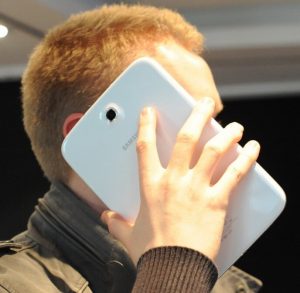
Some years ago, it seemed that the construction of mobile devices (including those meant for entertainment) will go into miniaturization. Before the era or Internet-enabled equipment and HD screens, manufacturers tried to squeeze as much as possible into small space. Even science-fiction movies of the times often presented communication devices as small objects worn on the wrist or behind your ear. Entertainment part was to be in a form of the hologram or projection either directly in front of your eyes or inside your brain.
With the dawn of high definition screens and broadband Internet, the devices had to catch up with the demand. Buying a 64” TV set for a mid-size apartment, considered preposterous not so long ago, is nothing unusual today. Some years ago, people used to laugh at business people talking on cumbersome, large mobile phones (remember 1980’s brick phones?). The same people (when they do not use it for entertainment) talk over portable TVs…
More and more entertainment segments (films and games) are relying on higher definition picture and the size of the screen does matter. With the exception of virtual reality, only a bigger picture is capable of providing a real experience of being immersed in the storyline for the viewer/player. That is why the TV are getting bigger and bigger. What’s next?
3D, 4D, …?
Going into stereoscopic imagery in TV seemed the most logical and desired direction to go into. The excitement of first 3D movie theaters and shows with objects looming out of the screen so that you feel the urge to reach out your hand and grab them fueled the expectations of having similar experience on TV. If you add to it additional sensations such as movement, smell or some simple physical effects of, e.g. blowing air or spraying water over your face just like it was in so-called 4D cinema, the hopes were even bigger. Theoretically, it was just a matter of proper technology which, eventually, arrived.
And? A storm in a teacup. It seems to appear that the whole 3D business was just a flash in the pan. It didn’t take off the way it was expected and although major TV manufacturers still push for their 3D TV sets, the demand for this kind of functionality is not as big as everyone expected. Perhaps it is the matter of certain disappointment with the technology which is not as impressive as people thought it would be. Besides, wearing 3D glasses all the time is too uncomfortable for an average viewer. Something else had to be conceived.
HD(R) experience
With the boom of large screen TVs, the manufacturers had to deal with the picture resolution so that the things that we watch do not look like old VHS tapes. More and more pixels were packed into screens first with HD (1080p), and later with Ultra HD resolution (2160p) with 2 times higher resolution than standard DVD or HD picture. The resolution can be even more enhanced with 8K UHD (8000p and 16 times more pixels than standard HDTV format) or 8K fulldome (8192×8192 with 67.1 megapixels) which is the resolution of top-end modern projection for hemispherical theaters or planetaria.
Data load problem
The only problem with ultra-high definition screens is the amount of data that such resolution takes (it is not just a picture, it is also enhanced color range and larger number of audio channels). Not many connections (not to mention Internet streaming) can handle such data load and there are very few physical carriers that can hold so much information. 1 minute of uncompressed Ultra HD resolution film requires approximately 350 GB. With compression and a 24Gbit/s bitrate, 18 minutes of UHDTV film takes about 3.5 TB which can only be stored on HVD (Holographic Versatile Disc with 3.9 TB capacity). A protein-coated disc with theoretical 50 TB storage capacity is still being developed.
A new trend
As the storage and transmission capacity still limit the broadcasters and producers, a new trend emerged. Following the photography, manufacturers decided to go into something different. Enlarging TV screens has its reasonable limits and the number of pixels comes to the point that human eye is no longer able to see the difference. The naked eye can, however, see the difference in colors and contrast of the picture thus giving birth to HDR TV. High Dynamic Range (as opposed to SDR – Standard Dynamic Range), expands the contrast and color. This feature does not depend much on the resolution – a TV with excellent contrast and color will always beat the one with just a higher resolution in terms of the picture.
Many people who know the term HDR from photography are afraid that the picture on HDR TV will be exaggerated and hyper-realistic, as is often the case with HDR photos. HDR photography consists in merging several images of different exposure into one that exposes color and contrast ranges often in an exaggerated way. HDR TV images have better contrast, color and brightness making the picture more realistic. To put things in a simple way – HDR photos look different whereas HDR TV images simply look better.
Virtual or Augmented Reality?
No matter how big or how sharp the TV picture becomes, it will never be as interactive and engaging experience as virtual reality delivered directly to your eyes and your body. Back in the 1990s, virtual reality was on every major company’s agenda with spectacular attempts and equally spectacular failures (with Nintendo Virtual Boy being one of many examples). Before we go deeper into possible entertainment applications, let us start with explaining basic difference between the two notions.
VR
Virtual reality is actually all about creating an entirely virtual world which effectively cuts you off from the real world surrounding you. It may be created in a way that it is hard to distinguish whether what you see is real or not. Nevertheless, you are totally submerged in an artificially computer-generated simulation or recreation of real life environment stimulating primarily your vision and hearing. It can usually be achieved by wearing a non-see-through headset. Other senses may also be added by wearing special gloves which simulate touch or, ultimately, whole body suits that can deliver overall bodily experience.
AR
Augmented reality, on the other hand, basically consists in adding virtual components such as digital images, graphics or sensations as an extra layer on top of an existing reality. It is actually blending the real world with digital components in a way that they enhance each other but can easily be told apart. The experience may be delivered by means of see-through headset or glasses but it can also be used on camera-equipped devices such as laptop, tablet or even a smartphone.
Entertainment applications
Virtual reality seems a perfect solution for gaming as the world that is created may include all possible and impossible fantasies and is not limited by any reality restrictions. What’s more, something that did not really succeed in TV business, namely 3D, can be incorporated into VR entertainment by means of stereoscopic 3D headsets. If you add the whole range of touch and movement simulating gadgets to it, you have a perfect gaming gear. However, certain problems may appear. For one, such gear may be quite expensive and it would require certain space basically devoted only for this particular purpose. It is not, as yet, something that you can take with you and enjoy anywhere you go. Besides, there are opinions that prolonged inputs into the eye-brain system (particularly near-eye stereoscopic 3D images) can cause a spectrum of temporary or even permanent neurologic deficits.
Augmented reality, on the other hand, seems to be much more safe in terms of possible neurologic effects (it relies on “natural” 3D imagery as it is taken from real life environment). The “world” may not be as impressive as it is in the case of VR generated settings but it gives the user much bigger touch of reality simply because part of the experience is, well, REAL. Besides, except for hard-core gamers who praise totally artificial environments, a lot of people seem to go more into “on-the-go” entertainment. AR headsets, or rather glasses, seem to be less cumbersome than classic VR goggles and their software may actually be onboard standard mobile phone or the glasses themselves. The technology is not as developed as in the case of VR but the prospects look good.
Where do we go from here?
For sure VR/AR applications will be still developed and it seems that this is actually the future of entertainment with slightly stronger indication towards augmented reality as the one which answers the need of more and more mobile society. With the advancements of bio- and neuroscience, we may expect new ways of delivering entertainment perhaps directly to our brains which, after all, is fully responsible for what we see, hear, smell and feel. The EEG-type neuroheadsets which literally “read” our brainwaves are already a reality. How long is it going to take to create the device which will not only read the output of our brain but will actually create input? Sound almost as exciting as scary.
Good Ol’ Binge
Fortunately, most of the hi-tech solutions are either a part of the science fiction realm or are still under development and can be seen mostly as concept projects at various technology fairs. Or they are still very expensive and an average man in the street is still not able to afford them. However, we still have our TVs, laptops, desktops, tablets or smartphones that we can use for what we know and like best – streaming. Before we dive into the world of 3D augmented reality world delivered directly to our brain, let us take a good, old-fashioned remote or a mouse and find our favorite show or movie. There are thousands of services around the web to choose from but we recommend Smart DNS Proxy, Getflix and Trickbyte as the ones that deliver what we all want – tons of entertainment, good quality, efficient support and overall customer satisfaction.


